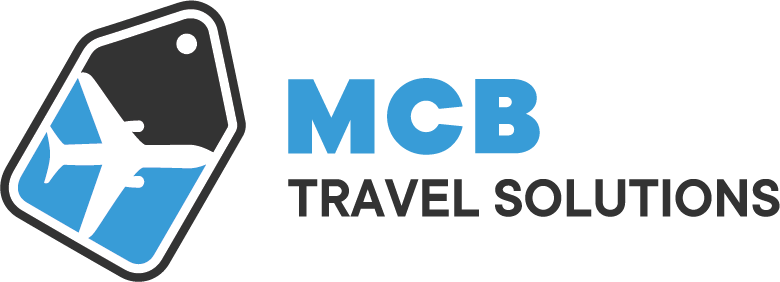
Since costing methods differ from organization to organization, it’s not clear how these costs might manifest themselves until a specific firm is examined. Contrasted with general accounting or financial accounting, the cost accounting method is an internally focused, firm-specific system used to estimate cost control, inventory, and profitability. Cost accounting can be much more flexible and specific, particularly when it comes to the subdivision of costs and inventory valuation. Unfortunately, this complexity-increasing auditing risk tends to be more expensive and its effectiveness is limited to the talent and accuracy of a firm’s practitioners.

Ex ante CBA helps determine the go/no-go decision and allows a company to better allocate resources. The downside is that the expected benefits and expected costs are based on forecasts which may turn out to be inaccurate. After deciding on the above considerations, it is then time to economically analyze the direct and indirect benefits as well as the direct and indirect costs (including opportunity costs). This approach computes the present worth of future cash flows by adjusting them to today’s value and subtracting the initial investment.
Gather Accurate Data
Another intangible benefit might be taking market share aware from a competitor. For a company to create value for its stakeholders, it must invest in beneficial projects. After a thorough consideration of all of the benefits and costs, the company can then make the determination whether the project will add value.
But there tends to be five vital steps (or variations of these steps) that most will follow when carrying out the analysis. Overall, the choice of CBA type depends on the specific context and objectives of the analysis. By selecting the appropriate type of CBA, decision-makers can ensure that the analysis provides relevant and accurate information to inform decision-making. Evaluate different scenarios or options in the context of their respective cost-benefit analyses.
Understanding Cost-Benefit Analysis: Definition, Benefits, and Best Practices
A cost-benefit analysis balances the cost of an action against its potential benefits, providing a clear financial comparison to guide decision-making. With so many complex factors to identify and monetize, it can be hard to know which costs and benefits to focus on first – or how to accurately quantify them. A cost-benefit analysis enables firms to compare several projects based on their net monetary benefits, prompting them to invest in the project yielding the highest cost-benefit. From these data, it is clear that CVG has benefited economically from its solid waste reduction programs.
- This decision is made by gathering information on the costs and benefits of that project.
- Outline the objectives, the timeline and the specific activities involved.
- Now, list out all the potential costs – think materials, labor, time, and benefits, like increased revenue, efficiency gains, or intangible perks.
- This could involve techniques such as scenario analysis or sensitivity analysis.
- If geographically dispersed stakeholders or groups will be affected by the decision being analyzed, make sure to build that into the framework upfront, to avoid surprises down the road.
- Whether it’s a board of directors, a team of executives, or another decision-making body, make sure your presentation of findings resonates with their priorities and concerns.
Average annual costs amounted to $16,440 per year, while benefits equaled $1,308,865 per year. Therefore, net savings from CVG’s solid waste reduction program amounted to $1,292,425 per year. Fourthly, CBA traditionally uses a static analysis that assumes that costs and benefits are constant over time. However, there is a need to develop new methods the main goal of using a cost-benefit analysis is to reach a for dynamic analysis that take into account changing costs and benefits over time. Another challenge of CBA is that it relies on assumptions about the future, which can be uncertain. Decisions made based on CBA may not take into account long-term costs or benefits that are difficult to predict, which can affect the accuracy of the analysis.
